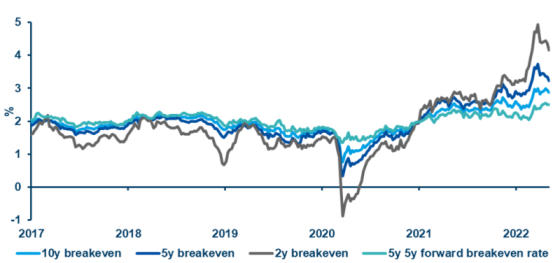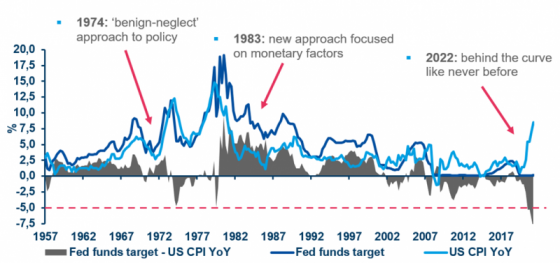Pascal Blanqué has been Chairman of the Amundi Institute since February 2022. Previous to that, he was Chief Investment Officer Group at AMUNDI (formerly known as Crédit Agricole Asset Management, CAAM) and member of the Executive Committee since February 2005. He has also been heading the third party distributors business since 2010 up to 2016 and the Institutional Business since 2010 up to 2017. He was also appointed Chairman of the Board of CPR AM in January 2007. From 2000 to 2005 he was Head of Economic Research and Chief Economist of Crédit Agricole. Before joining Crédit Agricole, Pascal Blanqué was Deputy Director of the Economic Research Department at Paribas (1997-2000) following four years as a strategist in asset allocation at Paribas Asset Management in London (1992- 1996). He began his career in institutional and private asset management at Paribas in 1991.





